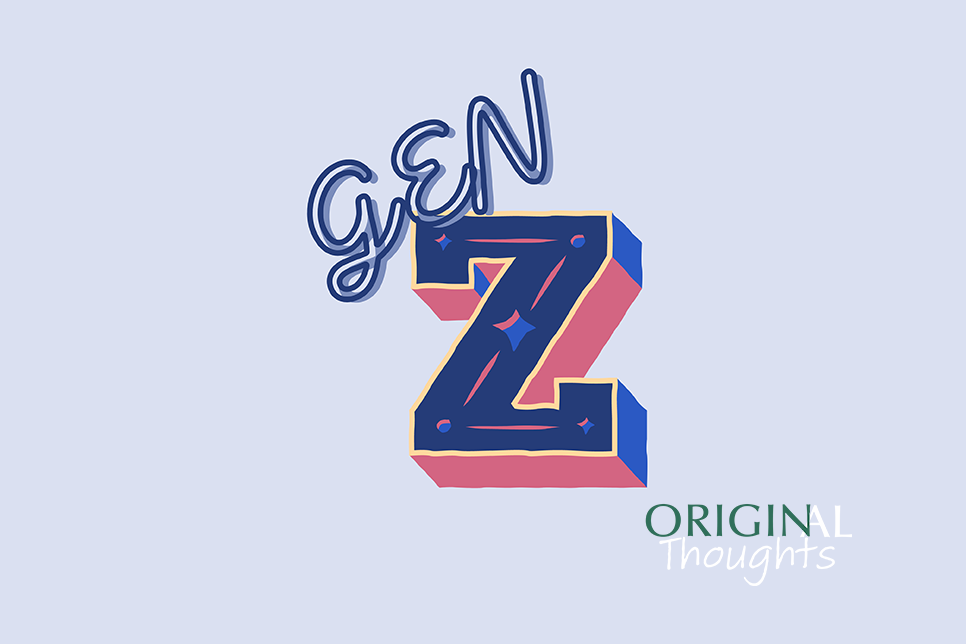Our story-based offerings develop authentic learning paths that enhance critical skills and support decision-making.

For early-career professionals in the scholarly publishing industry, it’s never too soon to develop leadership skills. In today’s post from ORIGINal Thoughts, Erin Landis and Kristie Overstreet discuss what traits are important to possess or to develop for leadership positions, the skills that are necessary to be an effective leader, and that embracing failure is part of the leadership journey. This article provides a wealth of information for anyone looking to become the next leader on their team, in their department, or in their organization.

In recent years, research integrity has become an increasingly important discussion in scholarly publishing as retractions abound thanks to the rise of papermills, falsified or fraudulent data, image manipulation, and more. A breakdown of research integrity results in a lack of trust in the scientific process and has the potential to endanger patients. That’s why it’s critical for journals to help detect and address research misconduct. In today’s post from ORIGINal Thoughts, Lucy Shen shares a variety of research integrity tools that journals can employ to ensure the research they publish is trustworthy.

Feeling the pressure at work? You’re not alone. Many of us struggle to balance workplace expectations with our own well-being. In today's post from ORIGINal Thoughts, author Randy Townsend MPS suggests that rather than let frustration take over, it’s time to Ctrl+Alt+Delete your stress.
KnowledgeWorks Global Ltd. (KGL) is proud to announce its inclusion in the prestigious 2024 Training Industry Top Experiential Learning Technologies Companies list
Spin, in and of itself, is not inherently nefarious. It is often defined as “the presentation of information in a particular way, especially a favorable one.” Spin can be used to mislead or misdirect readers. In medical reporting, the presence of spin can influence individuals who rely on objective and balanced research findings to make informed healthcare decisions.
This post was inspired by conversations about the business of publishing during the May 2024 Council of Science Editors annual meeting. It is aimed at those who work in roles at a society where understanding financial performance and the impact of changes in the publishing industry on a society’s financial health are critical. As such, the focus is on issues with direct financial implications as well as matters that indirectly influence the performance of a journal from a business perspective.
For a business to succeed, it must recruit, hire, and retain talented individuals who bring value to the organization. The more value one brings to their job, the more valuable they are to their employer. In the dynamic landscape of modern work environments, the concept of valuing one’s work extends beyond financial compensation. It can also encompass recognition, professional growth, and a sense of fulfillment derived from meaningful contributions. Whether you are a job seeker searching for a new role, an employee seeking advancement within a company, or an independent contractor navigating project-based engagements, understanding how to effectively value and advocate for your work is crucial.
Gen Z faces challenges unlike previous generations when entering the work force relating to their skill development as workplace changes caused by COVID limit in-person opportunities to observe and learn office protocol.







